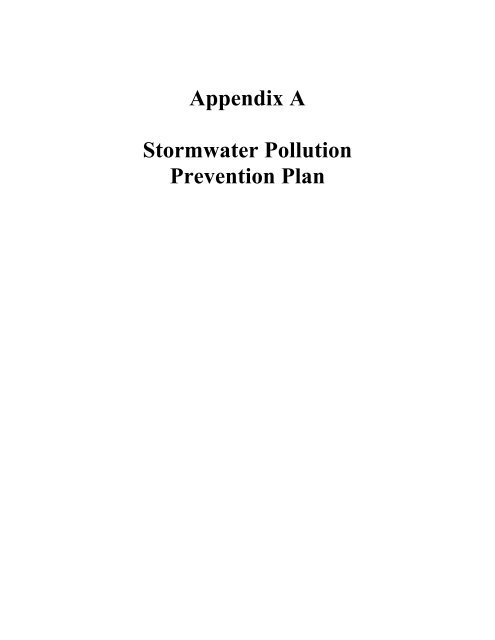Download a copy of AMI's Clean Marina best management practices ...
Download a copy of AMI's Clean Marina best management practices ... Download a copy of AMI's Clean Marina best management practices ...
Adopt Integrated Pest Management Practices (IPM) IPM minimizes the use of conventional pesticide products. Examples of safer solutions for landscape pests include insecticidal soap (2 ½ tbsp. of dish soap per gallon of water); horticultural oil (add 2 ½tbsp of vegetable oil to the insecticidal soap); Bacillus thuringiensis (BT)-a bacterium which controls caterpillars (available at nurseries); coffee grounds and tea bags prevent mosquito larvae from hatching; shallow pans of beer help control slugs. • Try using the least toxic alternatives before taking more drastic measures. • Purchase the least toxic chemical in the smallest amount practical. • Do not use pesticides just before a rainfall or on a windy day. • Apply insecticides during the evening when honeybees and other beneficial insects are less active. • Do not apply pesticides near water, i.e., shore, wells, streams, ponds, bird baths, swimming pools, etc. • Select plants that are disease and insect resistant, that will outcompete common weeds, and that can thrive on your property and consider the degree of sun exposure, slope, drainage, amount of shade, wind, volume of foot traffic, soil type, temperature variations, and other environmental factors. • Mow lawn areas properly to suppress weeds. Varieties of grass that grow better in cooler weather should be mowed to no less than 2.5 inches in height. Grasses that grow better in warm weather should be mowed to no more than 1.5 inches • Foster natural predators such as spiders, praying mantis, dragonflies, lacewings, soldier beetles, birds, bats, frogs, lizards, and certain snakes and toads. • Use pesticides only after all other options have been exhausted and apply them directly to problem areas. Treat only serious or threatening intolerable pest infestations. Maintain vegetated buffers between all impervious areas and the water. • Plant vegetated areas with plants that require minimal care in terms of trimming, watering, and applications of fertilizer and pesticides. Native, or indigenous, plants demand little care • Select perennial plants instead of annuals. • Compost leaves, branches, grass trimmings, and other organic matter. • Plant vegetation filters to slow the flow of surface water runoff, stabilize shorelines, and provides wild life habitat, flood protection, and visual diversity. 21
Appendix A Stormwater Pollution Prevention Plan
- Page 1 and 2: Best Management Practice for Clean
- Page 3 and 4: Use Upland and Inland Areas • Upl
- Page 5 and 6: • Distribute Literature to Custom
- Page 7 and 8: Emergency Response Equipment Obtain
- Page 9 and 10: Offer Spill-proof Oil Changes • P
- Page 11 and 12: Waste Containment and Disposal Redu
- Page 13 and 14: Management-patrons • Provide conv
- Page 15 and 16: Epoxy and polyester resins Catalyze
- Page 17 and 18: • Plug scuppers to contain dust a
- Page 19 and 20: Engine Repair/Maintenance • Perfo
- Page 21: • General good housekeeping can b
- Page 25 and 26: Appendix A Primary Contact Name: __
- Page 27 and 28: Appendix A 3. IDENTIFICATION OF POT
- Page 29 and 30: Appendix A 5. SUMMARY OF AVAILABLE
- Page 31 and 32: Appendix A 8. STORMWATER BEST MANAG
- Page 33 and 34: Training log template: Date: ______
- Page 35 and 36: Inspection form templates Appendix
- Page 37 and 38: Appendix A Annual Facility Site Com
- Page 39 and 40: U.S. ENVIRONMENTAL PROTECTION AGENC
- Page 41 and 42: Ver. 1-E-doc-3-18-10 I also underst
- Page 43 and 44: Ver. 1-E-doc-3-18-10 Table G-4 belo
- Page 45 and 46: 4. Security (excluding oil producti
- Page 47 and 48: 7. NRC Notification Procedure (§11
- Page 49 and 50: Ver. 1-E-doc-3-18-10 Table G-10 Gen
- Page 51 and 52: ATTACHMENT 1 - Five Year Review and
- Page 53 and 54: ATTACHMENT 2 - Oil Spill Contingenc
- Page 55 and 56: Ver. 1-E-doc-3-18-10 ATTACHMENT 3.2
- Page 57 and 58: ATTACHMENT 3.4 - Oil-handling Perso
Appendix A<br />
Stormwater Pollution<br />
Prevention Plan



